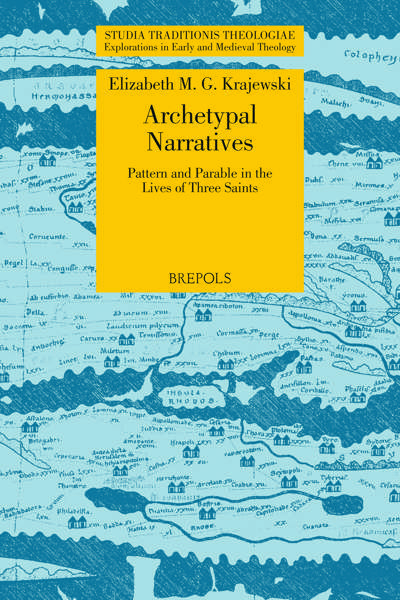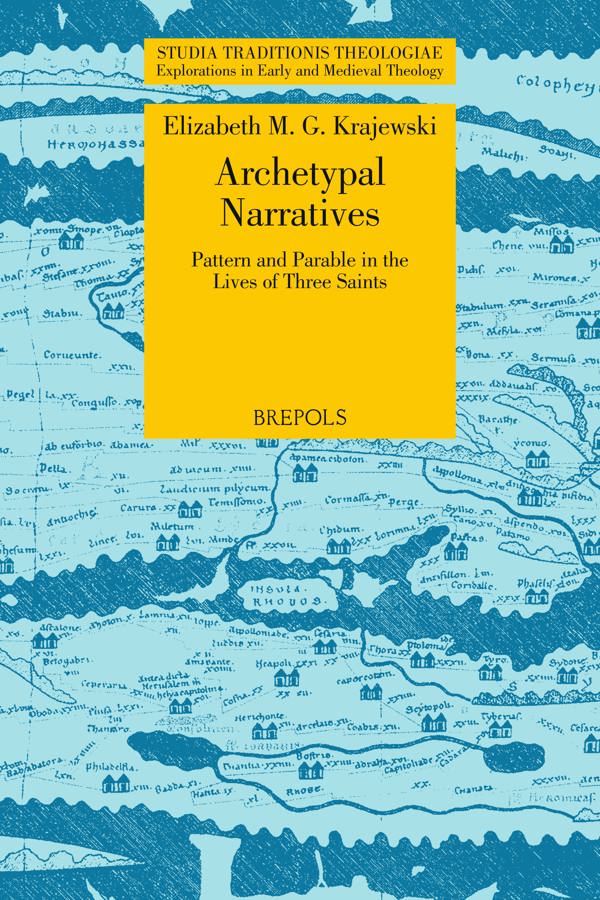
Archetypal Narratives. Pattern and Parable in the Lives of Three Saints
Elizabeth M. G. Krajewski
- Pages: 246 p.
- Size:156 x 234 mm
- Language(s):English
- Publication Year:2017
- € 70,00 EXCL. VAT RETAIL PRICE
- ISBN: 978-2-503-57711-1
- Paperback
- Available
- € 70,00 EXCL. VAT RETAIL PRICE
- ISBN: 978-2-503-57712-8
- E-book
- Available
This book sets three saints’ Lives in their specifically Christian and biblical context, recognizing that much of the anecdotal material in the narratives is modelled on biblical precedents, and that their authors and first audiences were Christian monastics in regions that were in the process of becoming Christianized.
« En somme, E. Krajewski propose d’explorer l’hagiographie sous un angle nouveau, et c’est l’un des mérites de son livre. » (Mihaela Voicu, dans Cahiers de civilisation médiévale, 62, 2019, p. 199)
"Although this is not the first attempt to read early medieval hagiography from the perspective of scripture, in presenting its argument in such a clear, coherent and refreshing fashion, it will hopefully lead to similarly open-minded approaches to these texts in future". (Máirín MacCarron, in Peritia, 29, 2018, p. 268-270)
Elizabeth M. G. Krajewski holds two positions at Colby-Sawyer College: she is an Adjunct Assistant Professor in Humanities and a research consultant in the library. She holds a PhD in Theology, is a specialist in early medieval hagiography, and also teaches in the area of World Religions and Interfaith Dialogue.
Saints’ Lives have been read as documentary evidence for their particular historical periods, biographies of their heroic protagonists, folklore for the entertainment of monks, or propaganda in defense of a cult. None of these readings, however, address the problem of theologically interpreting narratives that were conceived and dispersed within a Christian monastic environment. Concentrating on the earliest extant Lives of Sts Brigit, Samson, and Cuthbert, the author adopts an interpretive approach that combines close textual analysis with a theological hermeneutic to uncover the deep biblical influences within the narratives, and poses the possibility that many of the stories within them are actually parables – stories intended to be both metaphorical and illustrative, but hardly factual. Building on this foundation, each narrative is then explored for its internal structural logic, a step which is seen to identify each hagiographer’s unique skills, as well as literary and theological concerns. A theological interpretation of the narratives opens up a fresh appreciation of their religious impact, and the possibility of a widened ‘horizon of meaning’ for readers.




